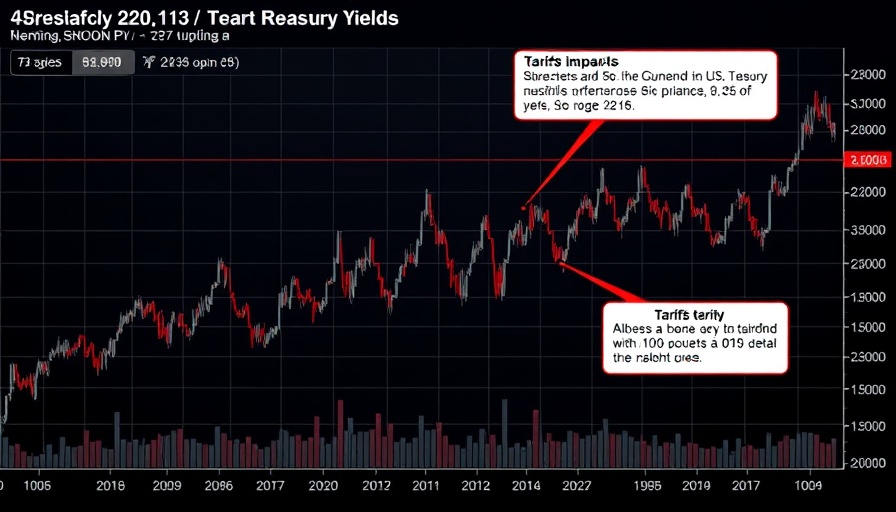
The $29 Trillion Treasury Market Dynamics
The U.S. Treasury market, valued at approximately $29 trillion, has recently faced a decline in liquidity, raising concerns among investors and analysts alike. As global uncertainties continue to impact economic conditions, this significant drop in liquidity has profound implications for an already volatile financial environment.
Understanding Liquidity and Its Importance
Liquidity refers to the ease with which assets can be bought or sold in the market without causing a drastic change in their price. In the context of the Treasury market, lower liquidity means that trading these government securities can become more difficult, potentially leading to wider bid-ask spreads and increased volatility. The turmoil seen in the stock and bond markets has ripple effects across various sectors including commercial real estate and venture capital funding, crucial for Silicon Valley startups.
Historical Context and Current Concerns
Historically, the Treasury market has served as a safe haven for investors during periods of high volatility. However, recent events, such as rising interest rates and geopolitical tensions, have contributed to a loss of confidence. Investors are now wary, seeking more immediate information on economic forecasts and market analysis. The combination of these factors creates an unpredictable landscape that could impede business growth strategies, especially for tech industry updates coming from the Bay Area.
Potential Risks of Reduced Liquidity
With decreased liquidity, the potential for systemic risks increases. Traders may find themselves unable to exit positions swiftly, resulting in a cascading effect on market stability. This situation poses risks not only for Treasury investors but also for the broader economy including sectors like commercial real estate and technology. Additionally, as venture capitalists reassess funding for Bay Area startups, they may slow their investments if the economic outlook becomes bleak.
Future Predictions and Market Trends
Experts predict that without significant improvements in liquidity, volatility in the Treasury market may continue or even increase. As the Federal Reserve navigates monetary policies to combat inflation, businesses will want to stay informed about shifts in economic regulations and trends. Bay Area entrepreneurs, in particular, should keep an eye on how these developments affect employment trends and corporate earnings reports, as these factors could alter the startup ecosystem significantly.
Implications for Investors and the Business Community
An understanding of these dynamics is essential for investors and business leaders alike. Real estate investment news and mergers & acquisitions strategies may need to pivot in response to market volatility and liquidity challenges. Keeping abreast of financial market updates will empower Bay Area business leaders to make informed decisions regarding investments and corporate governance.
Conclusion: The Importance of Awareness in a Changing Market
In conclusion, as the U.S. Treasury market grapples with worsening liquidity and soaring volatility, it’s more important than ever for businesses and investors to remain informed. Adapting strategies to accommodate potential market fluctuations can help entrepreneurs and corporate leaders navigate this complex landscape. By analyzing these factors, stakeholders can position themselves favorably amidst the ongoing seismic shifts in both national and global economies.
 Add Row
Add Row  Add
Add 



Write A Comment